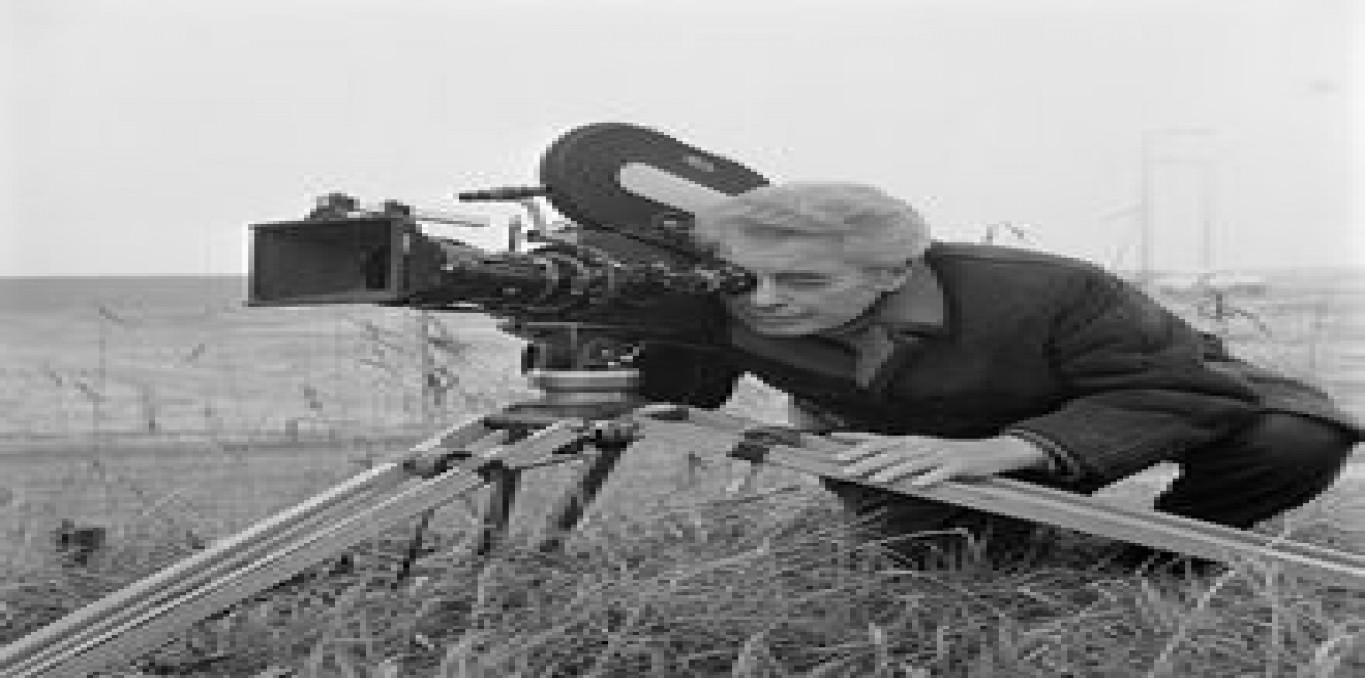Joris Ivens

An eternal globetrotter, Joris Ivens was a Dutch filmmaker born in 1895 who traveled the world. An activist and philosopher, he was also a poet and utopian. He saw himself as a witness to revolutionary hope. From his first film, The Bridge (1928), he attracted the attention of avant-garde circles. Rain (1929) brought him recognition at home and abroad. In 1932, he became the first foreign filmmaker to work in the Soviet Union. In 1933, with Henri Storck, he shot one of his major works, Borinage, about the consequences of a strike in a Belgian mining region. With John Ferno and Ernest Hemingway, he filmed The Spanish Earth in 1937, during the country's devastating civil war. He then left for the United States, Canada and Indonesia. In 1957, Ivens was in Paris shooting The Seine Meets Paris, then in China for Letters from China and The war of the 600 Million People. He then travelled to Italy, Mali, Cuba and Vietnam. In the 1970s, he traveled extensively in China, and in 1976, he brought together several films under the title How Yukong Moved the Mountains (1976). His last film, A Tale of the Wind (1988), was co-directed with his partner Marceline Loridan.
Related to this realisator

Far from Vietnam
Subscription access
In 1967, Alain Resnais, William Klein, Joris Ivens, Agnès Varda, Claude Lelouch, Jean-Luc Godard, and Chris Marker co-directed this film to express their solidarity with the struggle of the Vietnamese people. Each offers a distinct and personal perspective on this conflict, set against a backdrop of international public anger and mobilization.

Song of Heroes
Α documentary about the building of blast furnaces by Komsomol, the Communist Union of Youth, as part of Stalin’s first five-year plan for the Soviet Union. The film is set in Magnitogorsk in the Ural Mountains, where an industrial city of over 200,000 people was built in just a few years, and the Kubas Basin in Siberia. This film, shot entirely in praise of Soviet workers, shows us the constru...

Far from Vietnam
Subscription access
In 1967, Alain Resnais, William Klein, Joris Ivens, Agnès Varda, Claude Lelouch, Jean-Luc Godard, and Chris Marker co-directed this film to express their solidarity with the struggle of the Vietnamese people. Each offers a distinct and personal perspective on this conflict, set against a backdrop of international public anger and mobilization.

Song of Heroes
Α documentary about the building of blast furnaces by Komsomol, the Communist Union of Youth, as part of Stalin’s first five-year plan for the Soviet Union. The film is set in Magnitogorsk in the Ural Mountains, where an industrial city of over 200,000 people was built in just a few years, and the Kubas Basin in Siberia. This film, shot entirely in praise of Soviet workers, shows us the constru...
